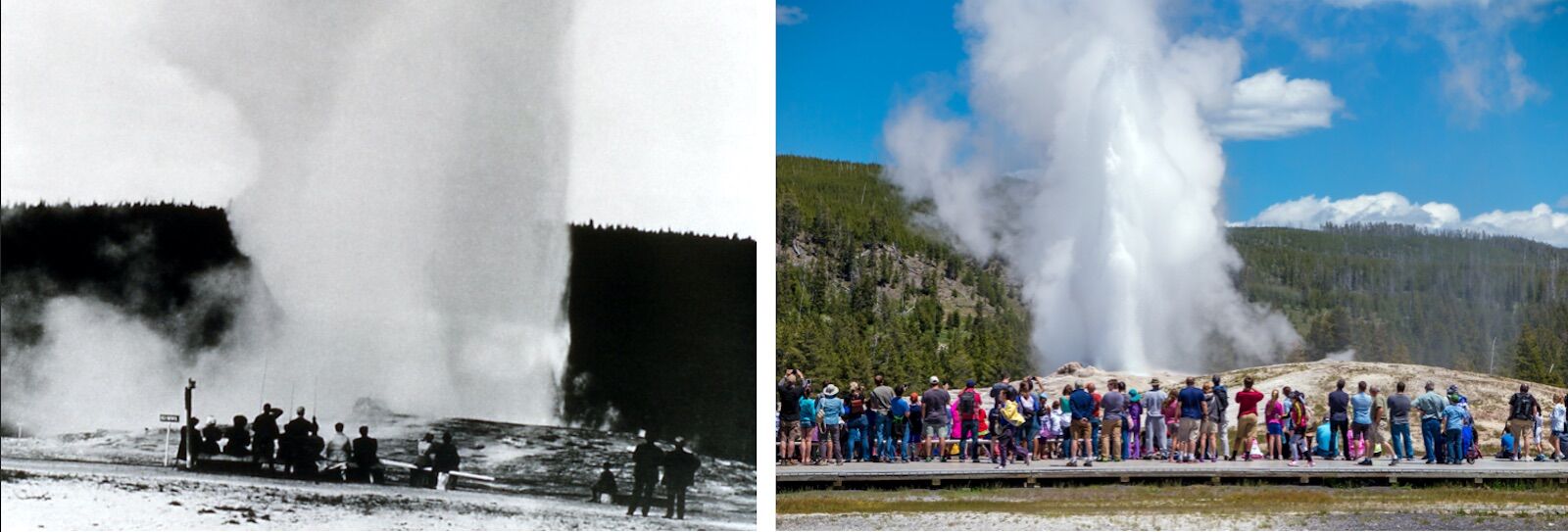On March 1, 2022, Yellowstone National Park will celebrate its 150th anniversary. President Ulysses S. Grant passed the Yellowstone National Park Protection Act in 1872, establishing America’s very first national park for the “benefit and enjoyment of the people.”
A lot has changed in Yellowstone history in the century and a half since it became a park. President Herbert Hoover adjusted the park’s boundaries in 1929 and 1932, expanding it by more than 7,000 acres. Visitor numbers have skyrocketed, ballooning from roughly 1,000 people in Yellowstone’s early days to as many as four million annual visitors today. The development of park infrastructure and amenities, such as the roads built by the US Army Corps of Engineers in 1883 — and the overnight accommodations that soon followed — laid the groundwork for heavy visitation by making the park more accessible.










